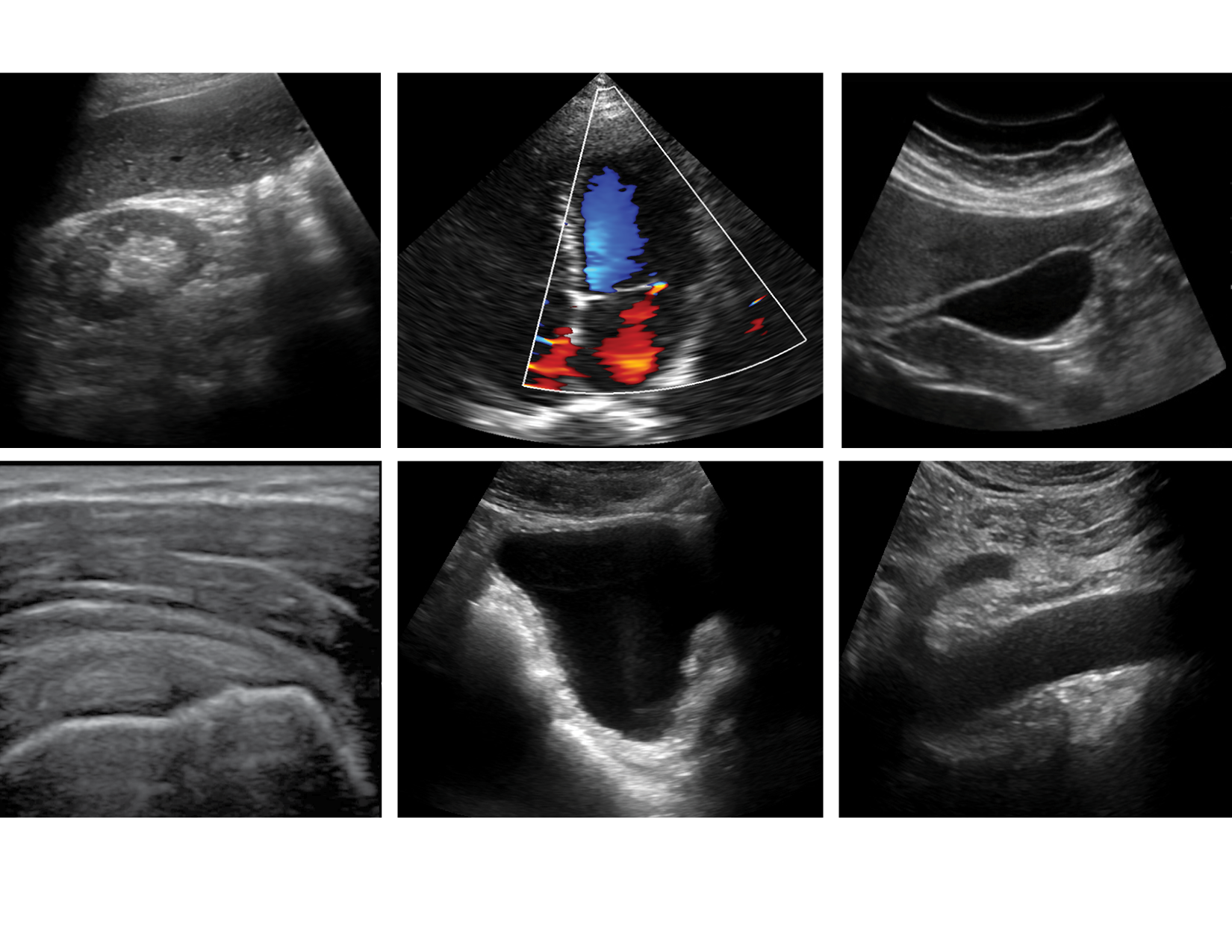Are Handheld Ultrasounds Accurate?
Category
Blog
Date
July 18, 2024
Source
Exo

The use of POCUS, or point-of-care ultrasound, has substantially increased in recent years, and for good reason, given its accuracy in driving key answers to medical questions at the bedside. Handheld ultrasound or portable ultrasound technology allows medical professionals to provide safe and effective medical imaging to improve care. Recently, POCUS devices have become an essential aid in the diagnosis of COVID-19 and other pulmonary infections. Portable ultrasounds can be a more rapid method for obtaining diagnostic imaging for all patients.
How Does a Portable Ultrasound Work?
In simple terms, a POCUS device images when the provider or clinician examines the patient. There is no need to transport the patient to the radiology suite or another location. These small-scale portable ultrasound devices often pair with smartphones or tablets to create high-resolution images that give information immediately to the clinician. This is beneficial for several reasons:
- Image anywhere. Bring ultrasound to the bedside to improve patient care.
- Portable ultrasounds facilitate quick answers for clinicians.
- Reviewing ultrasound images in real-time allows for a quicker diagnosis and can be particularly useful in emergency situations.
The question that is often asked is how this emerging technology can improve clinical accuracy. We’ll answer these questions and more in the sections below.
What Is the Accuracy and Performance of a New Handheld Ultrasound Machine with a Wireless System?
It should be noted that portable ultrasound devices are not intended to replace traditional types of ultrasound systems. Like all medical technologies, POCUS is only accurate when applied to appropriate use cases. Portable ultrasound devices produce extremely accurate results when used to answer patient-focused questions. Handheld ultrasound systems allow the clinician to answer diagnostic questions and aid in the accuracy of performing procedures at the bedside.
Are Portable Ultrasounds Safe?
All diagnostic ultrasound systems are generally safe for patient care since they do not emit ionizing radiation.
Of course, ensuring complete safety when utilizing this technology means working with reputable and established portable ultrasound companies and skilled medical staff. Naturally, no medical professional would purchase a handheld ultrasound from Amazon—although it is worrying that this type of technology is being marketed and sold on the eCommerce platform. Aside from responsible purchasing, there are additional best practices that should be considered in order to use portable ultrasounds safely. We’ve listed just a few below, but if you’re interested in a more comprehensive overview, the Society of Point of Care Ultrasound has published an extensive list of best practices that should be followed when implementing this technology:
Portable Ultrasound Best Practices
- When using POCUS devices, high standards of hygiene must be maintained to prevent infection and contamination.
- Using POCUS devices requires extensive protocols for documentation and data protection. This streamlines and strengthens processes related to data collection, transmission, and patient confidentiality.
- Adequate image and report storage are mandatory.
- All medical professionals should receive proper training and ongoing education as POCUS technology continues to develop.
Benefits of Using Portable Ultrasound
- Affordability: POCUS devices are much more cost-effective when compared to standard ultrasound machines. The typical starting portable ultrasound price costs hospitals $2,000 while traditional ultrasound machines cost around 15 times as much. This means that more hospitals can afford this life-saving technology, which then allows more clinicians to offer better diagnostic and procedural care.
- Easy Access: The improved transportability and affordability of POCUS devices makes delivering care to remote locations much easier. This allows medical professionals to provide quality healthcare to rural communities, in ambulances, on cruise ships and in any location.
- Improved Workflow: Portable ultrasound devices, when combined with a POCUS workflow that is built around clinical needs, can streamline a hospital’s post-scan documentation process. It can be frustrating for both patients and practitioners when ultrasound results are unnecessarily delayed in their documentation or remain undocumented.
Exo: Simply Helping You Save Lives
At Exo, our ethos is to leverage technology to help clinicians offer optimal care to patients. With our handheld ultrasound, Exo Iris®, we are bringing simplified imaging to the point of care and beyond. Our hardware allows for the highest quality images, while our software is built around the clinician. Here’s how our POCUS workflow solution, Exo Works®, works:
- Conduct your scan with any DICOM-enabled handheld ultrasound device.
- Document your results in seconds.
- Securely and automatically transfer your exams and results to EMR and PACS.
- Provide secure and remote access to your documentation for credentialing, quality assurance, feedback, or billing.
Ultimately, our mission is to provide an ultrasound workflow solution that allows you to focus more on your patients and do what you do best—save lives. Learn more about Exo Works here.